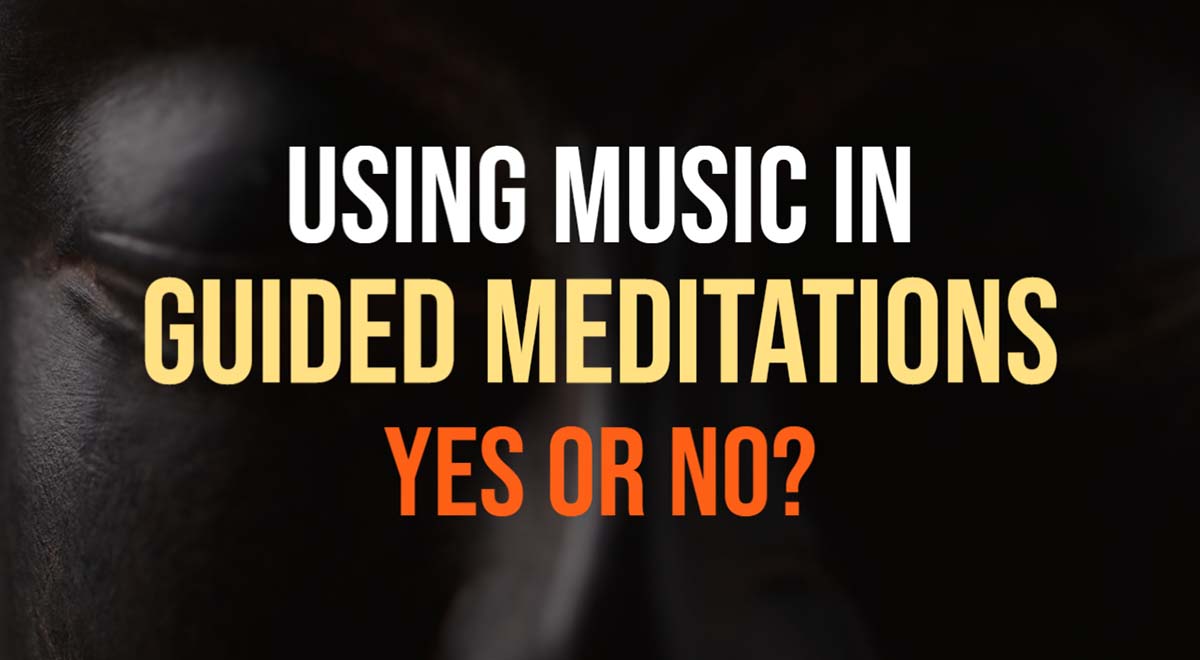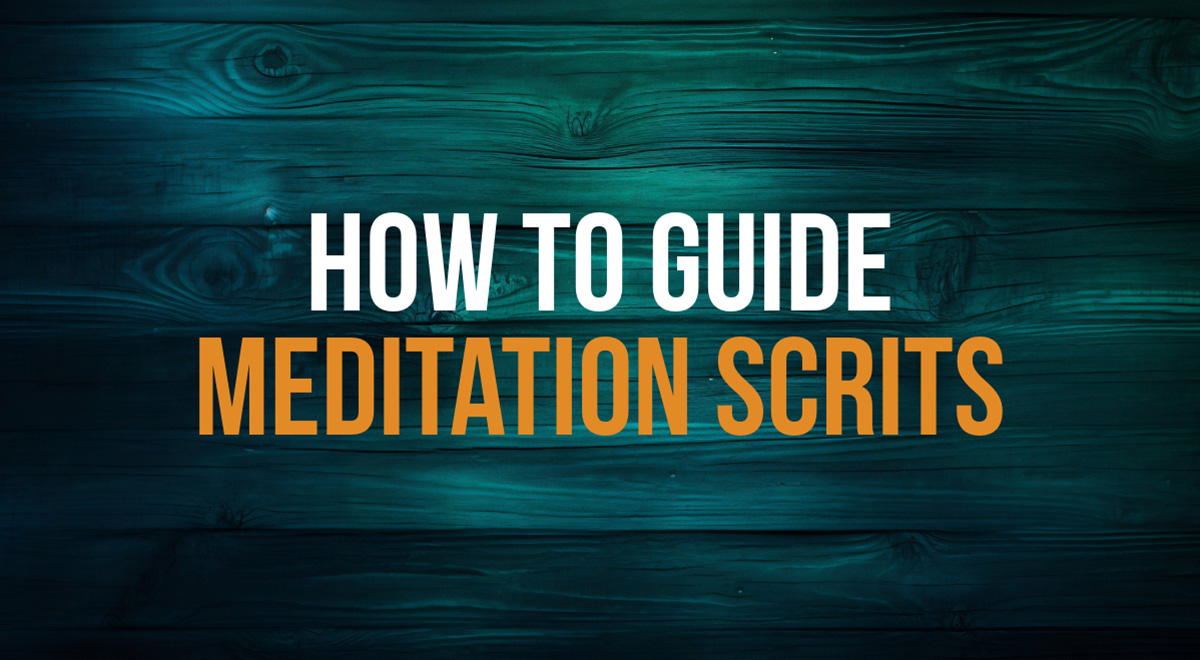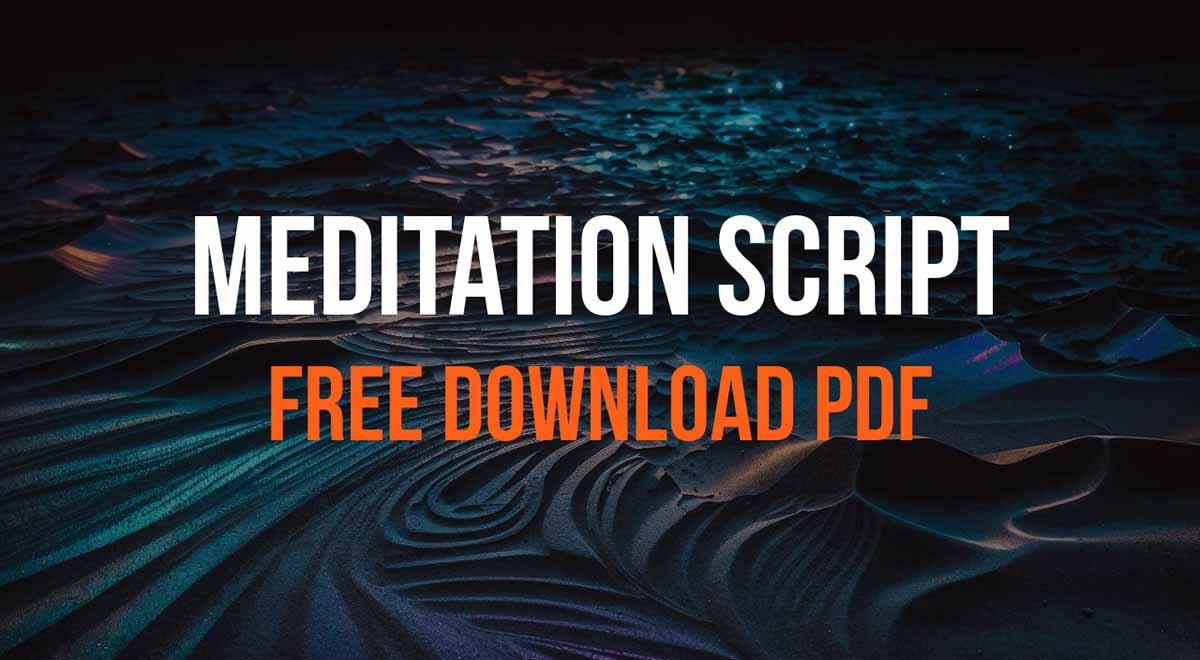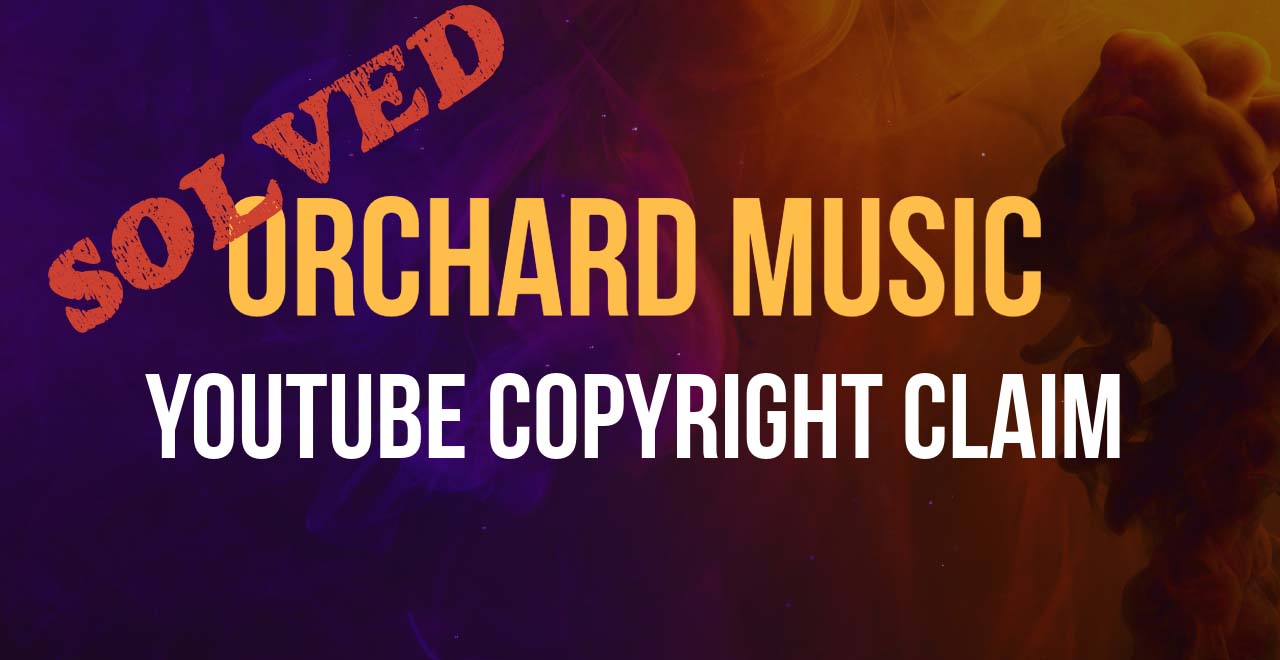Should I add music to my guided meditations?
When it comes to creating guided meditations, one question that often pops up is whether to include background music.
On the one hand, music can create a calming and soothing atmosphere, which can help listeners to relax and enter a meditative state.
On the other hand, music can also be a distraction and may not be suitable for all types of meditations.
In this post, we’ll take a closer look at the pros and cons of using music in guided meditations, and provide tips for choosing the right music (if you decide to do so).
Whether you’re a meditation coach or creating your own meditations for sale, we want to help you to make an informed decision about incorporating music into your guided meditations.
Keep reading!
Is it necessary to use music in guided meditations?
While some people prefer to meditate in silence, others find that background music can be a helpful addition to their practice. But is music always a good choice for guided meditation?
The exact answer to this question may depend on your specific goals, preferences, and habits. Want to compare both options side by side?
Here’s a quick example of two guided meditations snippets. One has background music running throughout the entire meditation and the other is just the voice (no music or sound effects).
Listen to an example of guided meditation with music
Listen to an example of guided meditation without music
Still can’t decide?
Below are some general cons and pros of using music as background in guided meditations based on our own experience as the meditation content creators:
The advantages of using background music in guided meditations
1. Music can create a calming and soothing atmosphere, which can help the listener to relax and enter a meditative state.
2. Music can help to mask external distractions and create a sense of isolation, allowing the listener to focus more fully on the meditation.
3. Music can provide emotional support and enhance the overall experience of the meditation.
4. Music can be used to set the tone or theme of the meditation.
5. Music can help to create a sense of flow and continuity during the meditation, especially if it is used to transition between different sections or themes. This can help the listener to feel more immersed in the meditation and to follow the guide more easily.
The disadvantages of using background music in guided meditations
1. Music can be a distraction for some listeners, especially if it is too loud or obtrusive.
2. Some people may have strong preferences for or against certain types of music, which could impact their enjoyment of the meditation.
3. Some meditations may not be suitable for music, such as those that involve silence or listening to the sounds of nature.
4. The selection of music may be subjective and may not appeal to all listeners.
5. Using music may require obtaining the necessary licenses or permissions, which can be time-consuming and costly.
What types of music works best for guided meditation?
The type of music that works best for guided meditation background depends on the preferences of the listener and the goals of the meditation.
Some people may find that instrumental music works best, as it can be less distracting and more conducive to relaxation. Others may prefer more vocal music, such as chanting or singing bowls.
No matter what genre you prefer, choose music that is calming and soothing, rather than upbeat or energetic.
Soothing music will help your listeners to relax and enter a meditative state.
Some specific genres of music that may be suitable for guided meditation include:
Ambient music
Ambient music is characterized by its atmospheric, ethereal qualities and is often instrumental. It can be used to create a calming and spacious atmosphere.
Relaxing music
Relaxing music, especially instrumental music played on instruments like the harp, guitar, or piano, can be very calming and can help the listener to relax and focus.
World music
Music from other cultures, such as Indian music or mantra chanting, can be very calming and can provide a sense of cultural immersion.
Nature sounds
Using nature sounds, such as the sound of waves crashing or birds singing, can be very calming and can help the listener to feel more connected to the natural world.
Ultimately, the best type of music will depend on the preferences of the listener and the goals of the meditation.
If you creating guided meditation for commercial use or for sale, it is important to experiment with different types of music to see what works best.
How do I balance the use of music with the other elements of the meditation, such as the guide’s voice?
When using music in a guided meditation, it is important to balance the use of music with the other elements of the meditation, such as the guide’s voice or any visualizations or other techniques being used.
Here are some tips for achieving this balance:
1. Consider the volume of the music. The music should be at a volume that allows the listener to hear the guide’s voice clearly, but not so loud that it becomes a distraction.
2. Choose music that complements the meditation. The music should support the overall theme and goals of the meditation, rather than competing with or disrupting it.
3. Consider using music sparingly. In some cases it’s best to use music sparingly in a guided meditation, rather than constantly throughout the entire meditation. This allows the listener to fully engage with the other elements of the meditation, such as the guide’s voice and any visualizations or techniques being used.
4. Experiment with different types of music. Different types of music can have different effects on the listener, so it is important to experiment and see what works best for your specific audience.
How do I obtain the necessary licenses or permissions for using music in my guided meditations?
Obtaining the necessary licenses or permissions for using music in your meditations is important to ensure that you are using the music legally and not infringing on the copyright of the music’s creators.
There are a few different options for obtaining the necessary licenses or permissions, depending on your specific needs and the type of music you want to use.
One option is to use royalty-free music, which is music that is available for use without the need to pay royalties for recurring use.
There are many websites that offer a wide selection of royalty-free music, and you can typically purchase a license to use the music for a one-time fee.
It is important to carefully read the terms of use for any royalty-free music that you purchase, as there may be restrictions on how the music can be used.
Related: 5 Places To Download Royalty Free Meditation Music
Another option is to use music that is licensed under a Creative Commons license, which allows for the free use of the music as long as certain conditions are met.
For example, some Creative Commons licenses may require that you attribute the music to the original creator and share any modifications you make to the music.
If you want to use copyrighted music that is not available for licensing online, you will need to obtain a license or permission from the copyright owner.
This can often be done by contacting the copyright owner directly or through a licensing agency. The terms and the price of the license will vary depending on the specific music and the needs of the user.
It is important to note that using music without obtaining the necessary licenses or permissions can result in legal consequences, including fines and damages.
It is always best to be proactive in obtaining the necessary licenses or permissions to avoid any potential issues.
Guided meditation with music examples
Listen to professionally recorded guided meditations incorporating the voice over or a professional mindfulness therapist with relaxing background music.
This should give you some ideas what music you can use in your own guided meditations.
Writing your own meditation scripts? Learn how to write compelling meditations.
Conclusion
When creating guided meditations for commercial use or for sale, it is advisable to include background music, as it can enhance the overall experience of the meditation and make it more appealing to listeners.
However, it is important to consider whether the music will be a distraction or an aid to the meditation practice, and to choose music that is appropriate for the intended audience and the goals of the meditation.
If you plan to use the music in guided meditations created for sale (or for any commercial use), it is important to obtain the necessary permissions or licenses.
Share your own experience
Have you created guided meditations with or without music? Which do you think is better? Let us know by posting in the comments! Post a comment
Download 12,000+ Royalty Free Music Tracks And Sound FX
Unlimited download | Lifetime license | Commercial use









